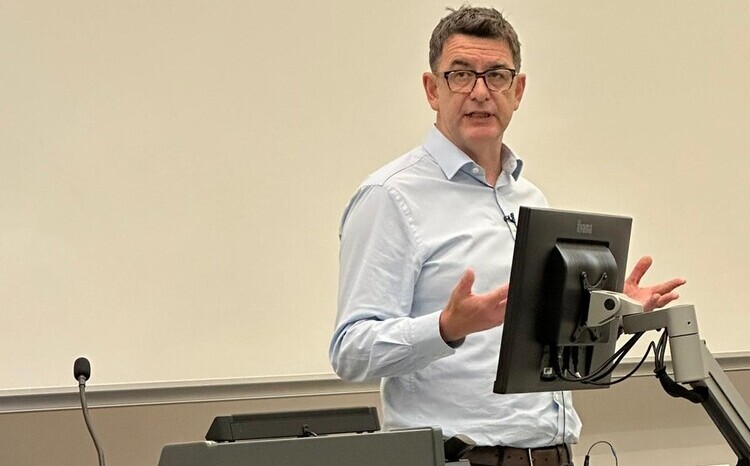iSoft’s Lorenzo hits new highs in benchmarks
- 27 March 2006
Manchester based health software firm iSoft has announced that its Lorenzo healthcare solution has hit new benchmark highs in handling simultaneous transactions and concurrent users.
In the benchmark tests, carried out with HP, Microsoft and Intel, Lorenzo was said to have handled six million ‘real’ transactions an hour for 25,000 concurrent users. The benchmark was performed on the iSoft’s Lorenzo ‘regional care’ solution and achieved sub-second transaction response times.
Results of the benchmark tests were validated by analysts from International Data Corporation and its Health Industry Insights subsidiary.
iSoft say that the tests show that Lorenzo can be used by up to 25,000 concurrent users. The company described the test as one of the largest of its kind in healthcare, and said it "provides an excellent example deployment model for very large-scale, multi-site Lorenzo implementations".
The Lorenzo solution has been selected by Local Service Providers Accenture and CSC as the core clinical records solution to be delivered in the North East, Eastern and North West and West Midlands regions of the English NHS under the £6.2 billion NHS National Programme for IT (NPfIT)
Asked to confirm whether the Lorenzo solution used in the benchmarks was the software to be delivered under the NHS National Programme for IT, an iSoft spokesperson told E-Health Insider: "Yes, the Lorenzo referred to is iSOFT’s strategic solution for regional healthcare computing as offered to the LSPs here in the National Programme and for similar regional opportunities in other international markets."
Using scenarios based on a mixture of primary and secondary care transactions, a simulated ‘regional care’ environment was built at HP’s European Performance Centre at Stuttgart, Germany.
Testing using real world healthcare transactions such as requesting, prescribing, clinical noting, appointment booking and managing patient demographics was performed individually for 25, 250, 3,000, 5,000, 15,000 and 25,000 concurrent users. The tests verified the capability of the software to provide the performance and scalability to support 25,000 concurrent users delivering over six million transactions an hour and scale down to 25 concurrent users with 8,289 transactions per hour.
“This proves Lorenzo is scalable, capable, and quick,” iSoft’s technical director Phil Davies said in a statement. “It is also an extremely cost-effective solution since it minimises the hardware footprint using mainstream technology.”
Mark Armstrong, public sector manager, Hewlett Packard added: "iSoft has extended the boundaries by making the delivery of transactions to large numbers of concurrent users possible. By doing this we believe that iSoft is improving the delivery of patient based health services and have proved, once again, that they are committed to making healthcare more accessible.”
“Microsoft is excited to see the results of iSoft’s Lorenzo benchmark.” said Neil Jordan, executive director of World Wide Health and Human Services at Microsoft. “We believe our mutual enterprise customers will benefit from this robust market leading solution running on SQL Server 2005.”
"Healthcare organisations worldwide are interested in improving quality of care by providing accurate, up-to-date patient information to authorised care givers at the point of decision. The results of the benchmark studies show that iSoft’s Lorenzo application running on Intel Itanium 2 and Dual-Core Intel Xeon processor-based servers can cost-effectively help healthcare organizations meet those goals through integrated care records that can be securely updated and accessed in real-time across regional care networks," said Doug Busch, vice president and chief technology officer of Intel’s Digital Health Group.
Technology used
The benchmark was carried out on industry standard hardware and software from leading technology partner organisations. The technology used was: HP’s ProLiant DL380 G4 servers running Dual-Core Intel Xeon processors and HP Integrity Superdome servers running Intel Itanium 2 processors. HP’s EVA 8000 SAN storage was used together with Microsoft Windows Server 2003 Data Center Edition, Microsoft Windows Server 2003 Enterprise Edition and Microsoft SQL Server 2005 Enterprise Edition. Mercury LoadRunner software was used to simulate the workload in the tests.




